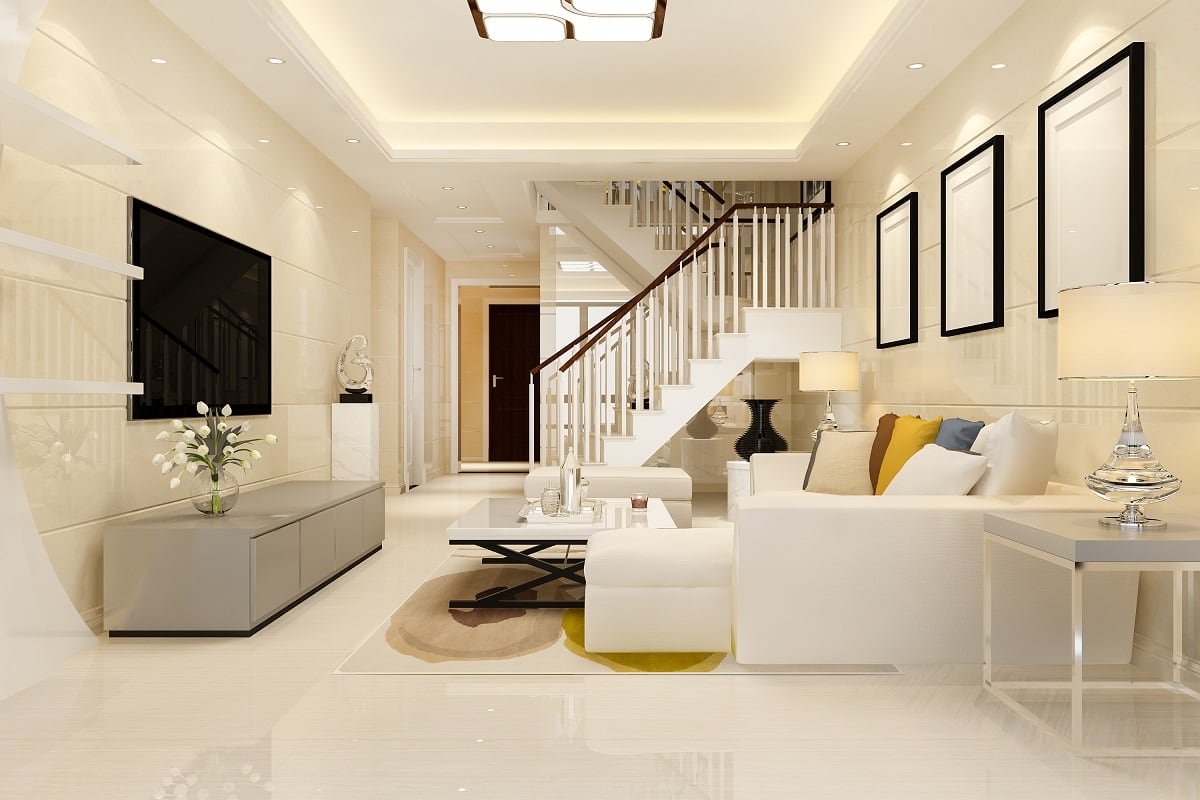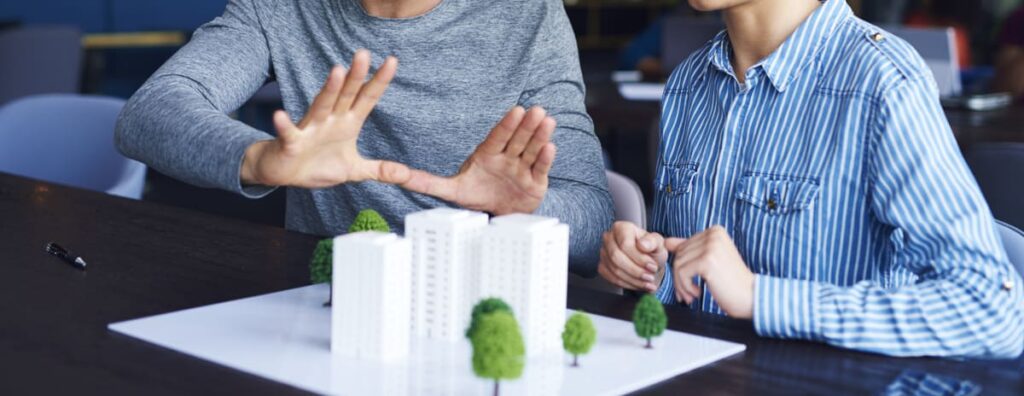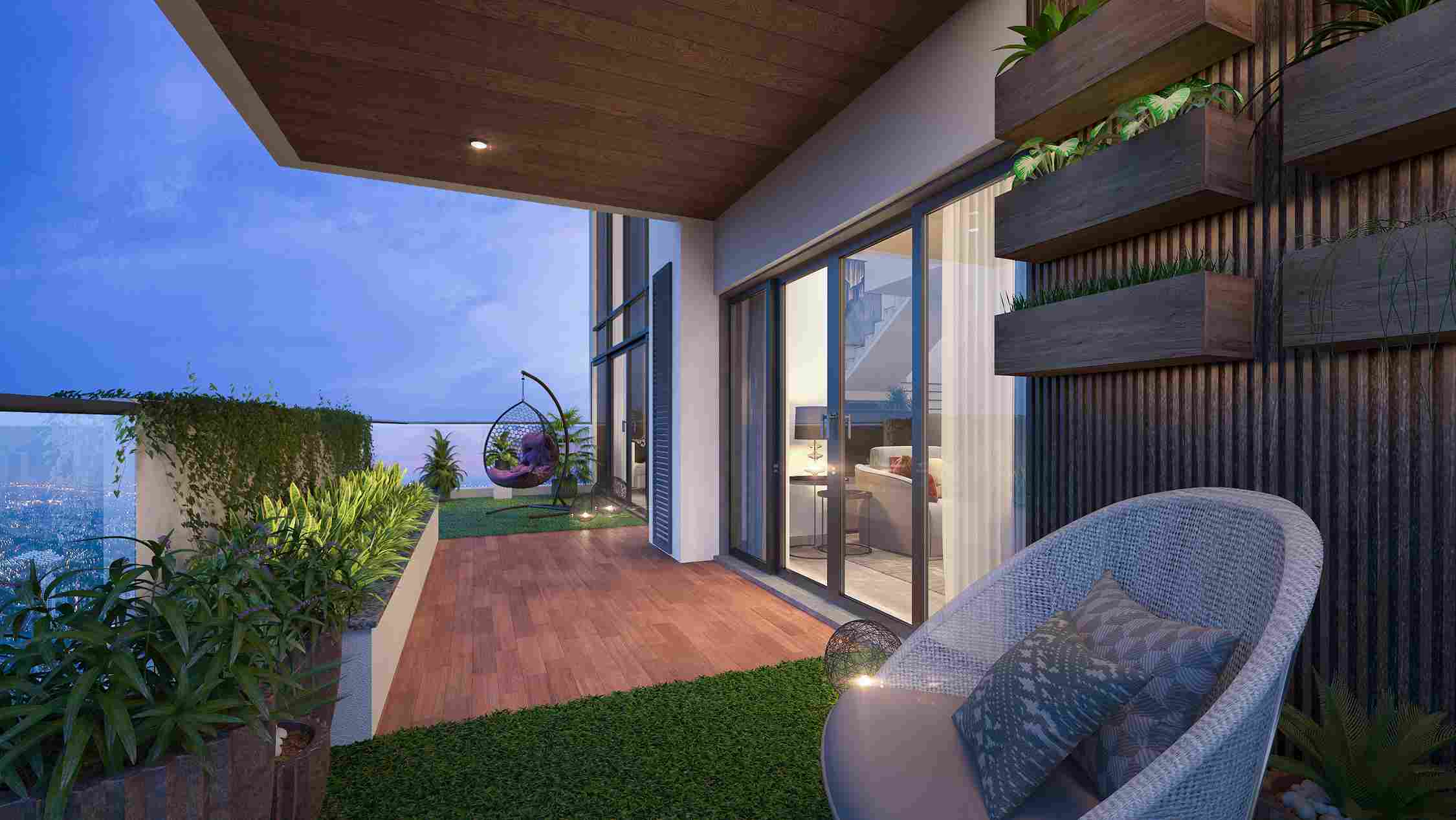The Influence of Culture on Bangladeshi Home Design: Tradition Meets Modernity

A place of safety and comfort is the home. Your house speaks volumes about you as a person and what you stand for. Our houses take on the shape of the cultural practices that we have been diligently following as a community for many years. Our homes' designs, or the designs of our homes in the past, reveal a lot about our ancestors.
Your house should be a reflection of the people who live there, as evidenced by the interior design. It implies that the interior design of your home should always reflect your identity, culture, and tradition. Above all else, your home is where you go to find solace, and nothing will bring you solace more than the items there that reflect your own character and worldview.


The Influence of Culture on Bangladeshi Home Design
Interior design is a way of visualizing cultural identity, and in Bangladesh, it takes on the form of a delicate relationship between tradition and modernity. Bangladeshi home decor shows a harmonious combination of traditional influences and modern aspirations because the country has an extensive history and cultural heritage. The article explores the historical foundations of Bangladeshi housing design, its expression of traditional and modern components, as well as the challenges and prospects faced by developers looking to achieve the ideal balance.The History
The historical architecture of Bangladesh, particularly that from the Mughal and Bengal Sultanate eras, serves as inspiration for interior design in Bangladesh. These periods saw elaborate craftsmanship and details decorating palaces and homes. Traditional elements entered domestic settings through carved wooden furniture, colorful hand-woven textiles, and detailed designs. These components, which have a strong cultural symbolism foundation, still have an impact on modern designs. The 1970s were a complex decade of both hope and despair for the newly formed country. The unstable time prevented a culture of optimistic construction from growing. A determined new generation of architects emerged on Bangladesh's architectural scene during the social unrest of the 1970s, though. The results of a few national architecture competitions presented fresh perspectives on modernity, construction technology, and architectural space. The emergence of an urban middle class and Bangladesh's rapid urbanization, which gave rise to a thriving support culture for architecture, aligned with the new architectural aspirations. Bangladesh, which had historically been an agricultural nation, started to rapidly urbanize in the late 1980s. From an average of 7.7 percent in 1970 to 31.1 percent in 2010, the nation's total urban population increased. In search of work and better lives, poor rural migrants started to gather in the major cities, especially the capital, Dhaka. A variety of building typologies and associated architectural design services were required as a result of market expansion, the growth of a powerful private sector, and rapid urbanization. Government agencies in the public sector started to assess the economic and social significance of artistic expression and recruited developers to take on the construction market. Bangladesh's development of interior design reflects that of the country as a whole. Colonial influences brought fresh design components, combining regional customs with European aesthetics. Following independence, a deliberate effort was made to regenerate and honor indigenous design, strengthening the feeling of national identity. Bangladesh has experienced fierce competition for architectural concepts over the past 20 years. A more complex landscape of aesthetic abstract design emerged from earlier attitudes towards traditional modernity or localization in architecture. The local setting of a growing urban population and economy complemented the globalizing stories of aspirations in architecture. With varying degrees of success and ambivalence, the line between the local and the global was blurred. The traditional modern vs. traditional debate turned ineffective as the lines between these aesthetic subcategories grew less clear as architecture became a topic of public discourse. So, now Bangladesh is moving towards incorporating tradition into modern home design.How does culture influence your home's interior design?
The best way to describe a person, what they stand for, and where they are from is through their culture. Your culture reveals a lot about who you are and what you value. Because everyone belongs to a culture that they are most easily connected to. It is therefore a great source of motivation for interior design. The walls of your home, the colors of your furniture, and the textures of the designs all reflect how important culture is to you, and your family, and how they constantly keep themselves alive. Even if you don't give culture much thought, it can still be incorporated into your interior design without your knowledge. The majority of the time, though, people make an effort to intentionally incorporate it into their homes. More ways for you to express who you are, where you come from, what you believe in, and how much your family or tradition means to you are opened up by this. It's crucial for creating a home that you can call your own in terms of interior design. You can bring culture into your home in several ways, by way of the community's lifestyle, culture, family structure, and religion. Your home is where you feel most at ease when it involves your personal space. Whatever happens, returning to a place you can call home is always reassuring. It brings you joy. And when you claim a place as your own, you want its design to incorporate your culture. Home decoration says a lot about where you originate when the nakshi kantha bed sheet in your room speaks to your culture and makes you feel happy. This is the way culture is represented in your home, as an element of the people and things you love or as something that has long been a part of you.Tradition Meets Modernity

Cultural Influence
Traditional Bangladeshi furniture demonstrates a dedication to craftsmanship and usability. Contemporary spaces benefit from the historical feel provided by wood furniture that has been complexly carved with geometric or floral designs. A green approach to design is highlighted by the use of materials that are sourced locally. Traditional interior design relies heavily on handcrafted textiles and accents. Bedspreads, curtains, and cushion covers are frequently made from the renowned for their fine texture Dhaka muslin. Living spaces are given comfort and cultural significance by using traditional patterns and motifs that are influenced by nature and folklore. Colour shades that are vivid and varied are unique to traditional Bangladeshi interior design. To represent the vibrant culture of the nation, strong colors like intense reds, blues, and greens are predominant. The intricate patterns that frequently accompany these colors feature geometric and floral patterns as their main points of focus. Beyond just being aesthetically pleasing, the patterning and color scheme additionally reflect spiritual and cultural heritage stories. The color red, for instance, may be used to denote joy and festivity, whereas the color blue may stand for peace and spirituality.Modern Elements
Bangladesh is embracing globalization, and the influence of modern architectural trends is becoming more and more obvious. A mixture of traditional and modern elements has resulted from the introduction of global ideas, materials, and technologies. Modern furniture designs, which are frequently simple and practical, coexist with classic pieces to produce a distinctive aesthetic that communicates to both the past and the present. The design landscape has been completely transformed by the use of modern components like glass and steel. In search of ideas and materials that extend the boundaries of conventional Bangladeshi design, designers and architects now search a global market for inspiration. Bangladesh's rapid urbanization has influenced individual tastes in interior design. Housing units have gotten smaller and more versatile as more people relocate to urban areas. Due to this change, traditional design principles have to be rethought to accommodate modern lifestyles. The way space is used has changed, with an emphasis on maximizing functionality without sacrificing aesthetics. Modern interior design in Bangladesh is increasingly including open-concept living areas, modular furniture, and technology.Prospects and Challenges


